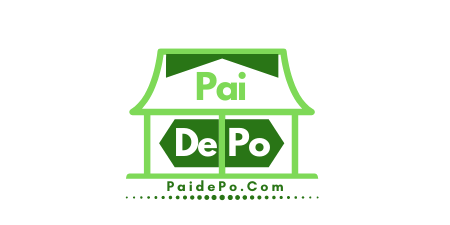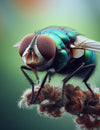Introduction
Cockroach chalk, also known as insecticide chalk, has been a popular choice for combating cockroach infestations in many households. It is a simple and seemingly effective way to get rid of these pesky creatures. However, like most pest control methods, cockroach chalk comes with its own set of disadvantages that are important to consider. In this blog post, we will explore some of the drawbacks associated with the use of cockroach chalk.
Toxicity
One of the primary concerns with cockroach chalk is its toxicity. These chalks contain toxic chemicals, such as deltamethrin or cypermethrin, which are harmful not only to cockroaches but also to humans and pets. Accidental contact with the skin, inhalation, or ingestion can lead to adverse health effects. This makes it essential to handle cockroach chalk with caution, especially in homes with children and animals.
Limited Reach
Cockroach chalk is a contact-based insecticide, meaning it only works when the cockroach or other pests come into physical contact with the chalk. This limitation can make it less effective in controlling infestations when pests are hiding in hard-to-reach areas, such as cracks, crevices, or behind appliances. Cockroaches are known for their ability to squeeze into tight spaces, and if you can't reach them with the chalk, it won't be effective.
Slow Action
Another disadvantage of cockroach chalk is its relatively slow action. Unlike some other pest control methods that can provide quick results, cockroach chalk takes time to work. The cockroach needs to come into contact with the chalk and then carry the poison back to the nest. This delay can be frustrating, especially if you're dealing with a severe infestation and want immediate relief.
Resistance
Over time, cockroaches can develop resistance to the active ingredients in cockroach chalk. This means that as you continue to use it, the chalk may become less and less effective in eliminating the cockroach population in your home. This resistance can be a significant issue, making it necessary to change your pest control approach periodically.
Inconvenience
Using cockroach chalk can be inconvenient. It needs to be applied strategically in areas where cockroaches are likely to travel, and you may need to reapply it if it washes away or loses its potency. This can be time-consuming and requires ongoing effort.
Not Ideal for Severe Infestations
While cockroach chalk can be useful for small infestations or as a preventive measure, it may not be sufficient for severe infestations. In such cases, you may need to consider more comprehensive pest control methods and consult a professional exterminator.
Conclusion
While cockroach chalk may seem like a simple and cost-effective solution to cockroach problems, it's crucial to be aware of its disadvantages. Its toxicity, limited reach, slow action, potential for resistance, inconvenience, and unsuitability for severe infestations make it less than ideal for many situations. As with any pest control method, it's important to weigh the pros and cons and consider alternative approaches to effectively manage cockroach infestations while minimizing potential risks to your health and safety. Instead of using chalk, using cockroach killer gel is the best of option.



